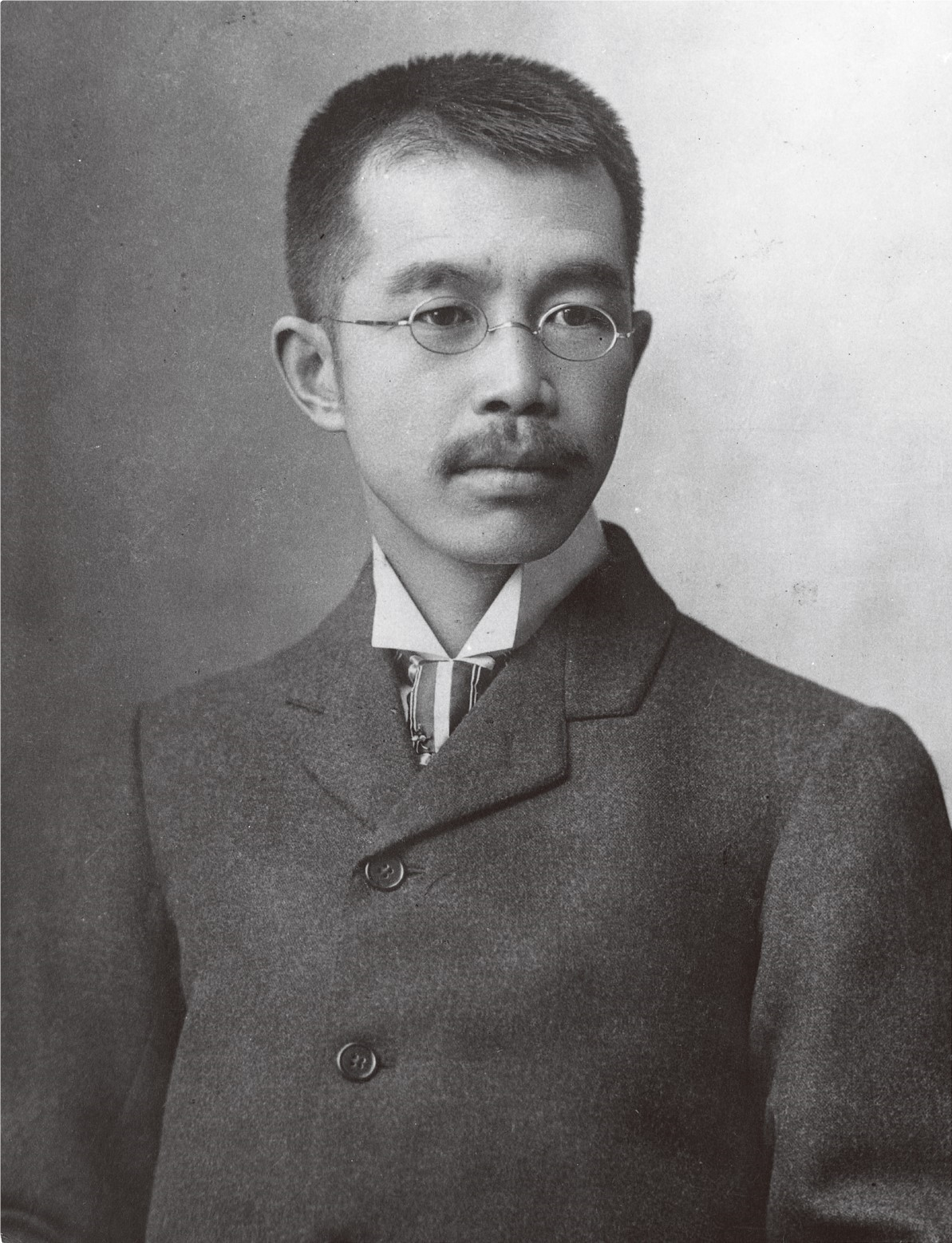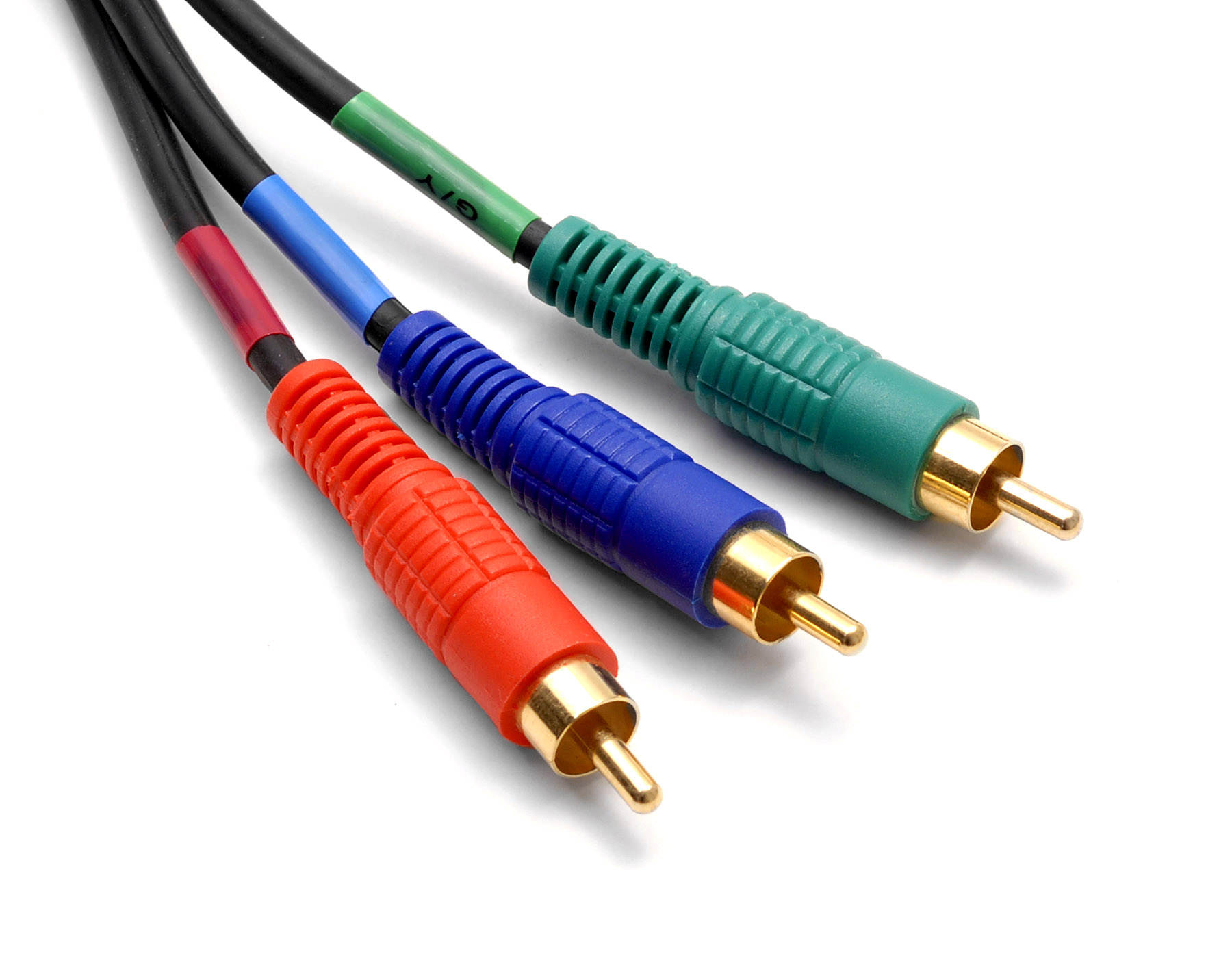|
D-VHS
D-VHS (short for Digital VHS) is a digital video recording format developed by JVC in collaboration with Hitachi, Matsushita, and Philips. Introduced in December 1997, it was designed to record digital video, including high-definition content, using the same higher-grade tapes as S-VHS (Super VHS), which could accommodate the increased data rates required by the format. Unlike analog-based VHS and S-VHS, D-VHS records video digitally using MPEG-2 compression and stores it in an MPEG transport stream, a format also used in DVDs and digital television broadcasts. The format was standardized by the International Electrotechnical Commission as IEC 60774-5. JVC also developed D-Theater, a proprietary variant of D-VHS used for prerecorded high-definition movies. D-Theater tapes featured studio-released content in 720p or 1080i resolution, offering a home viewing experience similar to early Blu-ray and HD DVD formats. However, the system required compatible D-VHS players and include ... [...More Info...] [...Related Items...] OR: [Wikipedia] [Google] [Baidu] [Amazon] |
VHS Tape Identification
VHS (Video Home System) is a discontinued standard for consumer-level analog video recording on tape cassettes, introduced in 1976 by JVC. It was the dominant home video format throughout the tape media period of the 1980s and 1990s. Magnetic tape video recording was adopted by the television industry in the 1950s in the form of the first commercialized video tape recorders (VTRs), but the devices were expensive and used only in professional environments. In the 1970s, videotape technology became affordable for home use, and widespread adoption of videocassette recorders (VCRs) began; the VHS became the most popular media format for VCRs as it would win the "format war" against Betamax (backed by Sony) and a number of other competing tape standards. The cassettes themselves use a 0.5-inch magnetic tape between two spools and typically offer a capacity of at least two hours. The popularity of VHS was intertwined with the rise of the video rental market, when films were rele ... [...More Info...] [...Related Items...] OR: [Wikipedia] [Google] [Baidu] [Amazon] |
S-VHS
S-VHS, the common initialism for Super VHS, is an analog video cassette format introduced by JVC in 1987 as an improved version of the VHS (Video Home System) format. S-VHS improved image quality by increasing the bandwidth of the luminance (brightness) signal, allowing for a horizontal resolution of approximately 400 lines, compared to the 240 lines typical of VHS. The format used the same physical cassette shell as VHS but required higher-grade magnetic tape and compatible recording and playback equipment. S-VHS decks are backward-compatible with standard VHS tapes, allowing them to play and record in VHS format. However, S-VHS tapes generally cannot be played in VHS-only machines, due to differences in the signal encoding. Despite its technical advantages, S-VHS struggled to gain widespread consumer adoption due to the higher cost of equipment and tapes, along with the limited availability of pre-recorded content. The format found moderate success in professional, educa ... [...More Info...] [...Related Items...] OR: [Wikipedia] [Google] [Baidu] [Amazon] |
Camcorder
A camcorder is a self-contained portable electronic device with video and recording as its primary function. It is typically equipped with an articulating screen mounted on the left side, a belt to facilitate holding on the right side, hot-swappable battery facing towards the user, hot-swappable recording media, and an internally contained quiet optical zoom lens. The earliest camcorders were tape-based, recording analog signals onto videotape cassettes. In the 2000s, digital recording became the norm, and additionally tape was replaced by storage media such as mini- HDD, MiniDVD, internal flash memory and SD cards. More recent devices capable of recording video are camera phones and digital cameras primarily intended for still pictures, whereas dedicated camcorders are often equipped with more functions and interfaces than more common cameras, such as an internal optical zoom lens that is able to operate silently with no throttled speed, whereas cameras with protract ... [...More Info...] [...Related Items...] OR: [Wikipedia] [Google] [Baidu] [Amazon] |
High-definition Television
High-definition television (HDTV) describes a television or video system which provides a substantially higher image resolution than the previous generation of technologies. The term has been used since at least 1933; in more recent times, it refers to the generation following standard-definition television (SDTV). It is the standard video format used in most broadcasts: Terrestrial television, terrestrial broadcast television, cable television, satellite television. Formats HDTV may be transmitted in various formats: * 720p (): 921,600 pixels * 1080i () interlaced scan: 1,036,800 pixels (≈1.04Mpx). * 1080p () progressive scan: 2,073,600 pixels (≈2.07Mpx). ** Some countries also use a non-standard CTA resolution, such as : 777,600 pixels (≈0.78Mpx) per field or 1,555,200 pixels (≈1.56Mpx) per frame When transmitted at two megapixels per frame, HDTV provides about five times as many pixels as SD (standard-definition television). The increased resolution provides for a cl ... [...More Info...] [...Related Items...] OR: [Wikipedia] [Google] [Baidu] [Amazon] |
HD DVD
HD DVD (short for High Density Digital Versatile Disc) is an obsolete high-density optical disc format for storing data and playback of high-definition video.Alternative Uses for your soon to be obsolete HD-DVD Player . Retrieved September 18, 2019.Format Wars Retrieved September 18, 2019.HD DVD owners 'anger' over obsolete players Retrieved September 18, 2019. [...More Info...] [...Related Items...] OR: [Wikipedia] [Google] [Baidu] [Amazon] |
Hitachi
() is a Japanese Multinational corporation, multinational Conglomerate (company), conglomerate founded in 1910 and headquartered in Chiyoda, Tokyo. The company is active in various industries, including digital systems, power and renewable energy, railway systems, Health care, healthcare products, and Financial system, financial systems. The company was founded as an electrical machinery manufacturing subsidiary of the Kuhara Mining Plant in Hitachi, Ibaraki by engineer Namihei Odaira in 1910. It began operating as an independent company under its current name in 1920. Hitachi is listed on the Tokyo Stock Exchange and is a key component of the Nikkei 225 and TOPIX Core30 indices. As of June 2024, it has a market capitalisation of 16.9 trillion yen, making it the fourth largest Japanese company by market value. In terms of global recognition, Hitachi was ranked 38th in the 2012 Fortune Global 500 and 129th in the 2012 Forbes Global 2000. Hitachi is a highly globalised conglomerat ... [...More Info...] [...Related Items...] OR: [Wikipedia] [Google] [Baidu] [Amazon] |
SECAM
SECAM, also written SÉCAM (, ''Séquentiel de couleur à mémoire'', French for ''sequential colour memory''), is an analog color television system that was used in France, Russia and some other countries or territories of Europe and Africa. It was one of three major analog color television standards, the others being PAL and NTSC. Like PAL, a SECAM picture is also made up of 625 interlaced lines and is displayed at a rate of 25 frames per second (except SECAM-M). However, due to the way SECAM processes color information, it is not compatible with the PAL video format standard. SECAM video is composite video; the luminance (luma, monochrome image) and chrominance (chroma, color applied to the monochrome image) are transmitted together as one signal. All the countries using SECAM have either converted to DVB, Digital Video Broadcasting (DVB), the new pan-European standard for digital television, or are currently in the Digital television transition, process of conversion. S ... [...More Info...] [...Related Items...] OR: [Wikipedia] [Google] [Baidu] [Amazon] |
Component Video
Component video is an analog video signal that has been split into two or more component channels. In popular use, it refers to a type of component analog video (CAV) information that is transmitted or stored as three separate signals. Component video can be contrasted with '' composite video'' in which all the video information is combined into a single signal that is used in analog television. Like composite, component cables do not carry audio and are often paired with audio cables. When used without any other qualifications, the term ''component video'' usually refers to analog component video with sync on luma (Y) found on analog high-definition televisions and associated equipment from the 1990s through the 2000s when they were largely replaced with HDMI and other all-digital standards. Component video cables and their RCA jack connectors on equipment are normally color-coded red, green and blue, although the signal is not in RGB. YPbPr component video can be los ... [...More Info...] [...Related Items...] OR: [Wikipedia] [Google] [Baidu] [Amazon] |
SCART
SCART (also known as or , especially in France, 21-pin EuroSCART in marketing by Sharp Corporation, Sharp in Asia, Euroconector in Spain, EuroAV or EXT, or EIA Multiport in the United States, as an EIA interface) is a French-originated standard and associated 21-pin connector for connecting audio-visual (AV) equipment. The name SCART comes from , "Radio and Television Receiver Manufacturers' Association", the French organisation that created the connector in the mid-1970s. The related European standard EN 50049 was refined and published in 1978 by CENELEC, calling it ''péritelevision'', but it is commonly called by the abbreviation ''péritel'' in French. The signals carried by SCART include both composite video, composite and Component video#RGB analog component video, RGB (with composite synchronisation) video, stereo sound reproduction, audio input/output and digital signalling. SCART is also capable of carrying S-Video signals, using the red pins for chroma. A TV can be wok ... [...More Info...] [...Related Items...] OR: [Wikipedia] [Google] [Baidu] [Amazon] |
RGB Color Model
The RGB color model is an additive color, additive color model in which the red, green, and blue primary colors of light are added together in various ways to reproduce a broad array of colors. The name of the model comes from the initials of the three additive primary colors, red, green, and blue. The main purpose of the RGB color model is for the sensing, representation, and display of images in electronic systems, such as televisions and computers, though it has also been used in conventional photography and Light-emitting diode#RGB systems, colored lighting. Before the electronic age, the RGB color model already had a solid theory behind it, based in Trichromacy, human perception of colors. RGB is a ''device-dependent'' color model: different devices detect or reproduce a given RGB value differently, since the color elements (such as phosphors or dyes) and their response to the individual red, green, and blue levels vary from manufacturer to manufacturer, or even in the ... [...More Info...] [...Related Items...] OR: [Wikipedia] [Google] [Baidu] [Amazon] |
Transparency (data Compression)
In data compression and psychoacoustics, transparency is the result of lossy data compression accurate enough that the compressed result is perceptually indistinguishable from the uncompressed input, i.e. perceptually lossless. A transparency threshold is a given value at which transparency is reached. It is commonly used to describe compressed data bitrates. For example, the transparency threshold for MP3 to linear PCM audio is said to be between 175 and 245 kbit/s, at 44.1 kHz, when encoded as VBR MP3 (corresponding to the -V3 and -V0 settings of the highly popular LAME MP3 encoder). This means that when an MP3 that was encoded at those bitrates is being played back, it is indistinguishable from the original PCM, and the compression is transparent to the listener. The term ''transparent compression'' can also refer to a filesystem feature that allows compressed files to be read and written just like regular ones. In this case, the compressor is typically a gener ... [...More Info...] [...Related Items...] OR: [Wikipedia] [Google] [Baidu] [Amazon] |
Digibox
The Digibox is a device marketed by Sky UK in the UK and Ireland to enable home users to receive digital satellite television broadcasts (satellite receiver) from the Astra satellites at 28.2° east. An Internet service was also available through the device, similar in some ways to the American MSN TV, before being discontinued in 2015. The first Digiboxes shipped to consumers in October 1998 when Sky Digital was launched, and the hardware reference design has been relatively unchanged since then. Compared to other satellite receivers, they are severely restricted. As of 2020, Sky Digiboxes have become largely outmoded, superseded by Sky's latest-generation Sky Q boxes and Sky Glass televisions; the previous generation Sky+HD boxes are still in use, however. Base technical details The Digibox's internal hardware specifications are not publicly disclosed, however some details are clearly visible on the system. All early boxes except the Pace Javelin feature dual SCART outp ... [...More Info...] [...Related Items...] OR: [Wikipedia] [Google] [Baidu] [Amazon] |






